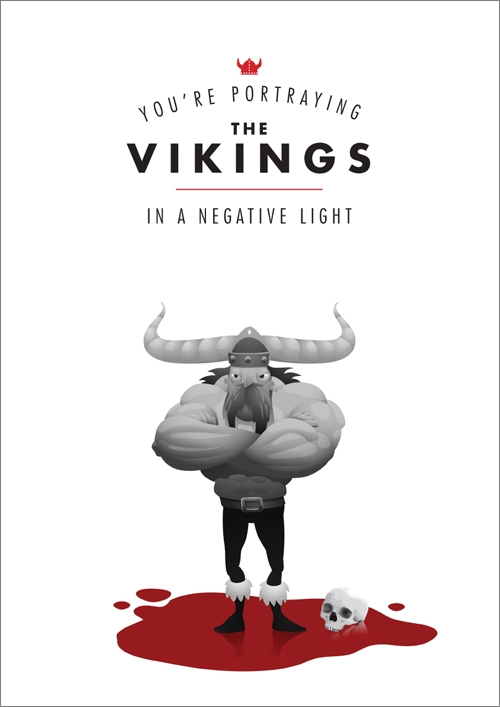Is the fast-growing mobile game industry getting closed out to smaller developers Is it even a good market for larger developers, with so many games clogging to App Store and Google Play Could there be another game industry meltdown in the offing, similar to the 1983 videogame crash Is it the best of times, or about to be the worst of times Some observers have started asking these questions, but a review of the evidence says this is not happening. Just the opposite seems to be occurring, although it’s certainly getting harder to be successful — and size or past history is no guarantee of success in the future.
Game designer Tadhg Kelly points out that while there may be a crunch in mobile game development as far as investment goes, there is still plenty of demand. “The customers are still there, in droves,” Kelly points out, “but to inspire them to play your game needs a much smarter attitude than before. It is no longer smart to make some conservative games and blast them all around ad networks in the hopes of striking it big.” He calls it “squeaky bum time” where it seems to be getting more dangerous even while opportunity is increasing.
Certainly the basic news about mobile devices is positive. Overall growth of mobile devices continues unabated, with more than one billion mobile devices shipping annually. We’re now at 1.2 billion devices in people’s hands worldwide, and shortly that will be over 2 billion. Yes, we’ll reach a limit pretty soon, but even that limit is a lot bigger than where we are at. Of course, there are problems in trying to reach a global audience, with languages and cultures a distinct barrier to taking a game and making it universally adopted.
Mobile game publisher Machine Zone provides an example of how to get around such barriers with its latest game, Game of War: Fire Age. This real-time strategy game for iOS launched this summer and debuted in the top-grossing app charts at at #14 shortly thereafter as players worldwide jumped in. CEO and co-founder Gabe Leydon spoke at GamesBeat about how the company did this with some innovative design and a lot of hard work. Machine Age built real-time translation capability into the game, and that’s enabled players to work together across the world. “We just going the opposite of the way people say mobile is — shorter sessions, snackable game play,” said Leydon. “I think all of that’s wrong.” His game has people playing in two hour sessions, and it’s monetizing very well indeed. Yet this is happening with a game design well outside of the usual mobile game approach.
Another example of how mobile games are growing rapidly, and in a different direction, is provided by Japanese messaging app Line. The app is now raking in $100 million a quarter with games making up 60 percent of the revenue. This has disrupted the mobile game market in Japan, with former leaders DeNA (shares down 32.5 percent) and GREE (shares down 41.5 percent) having a rougher time. Both DeNA and GREE built their game empires on feature phones and are transitioning to smartphones, but the immediacy of Line messaging has clearly grabbed the attention of the Japanese market. It’s become a compelling to acquire and engage game players, who use messaging on a daily basis.
Messaging apps are rapidly becoming a powerful gaming platform, even though they take an additional 20 percent cut on top of the usual 30 percent going to Apple or Google. Tencent’s WeChat has over 250 million users in China and beyond, Korea’s KakaoTalk has over 100 million users and grabbed all ten of the Top Ten grossing titles in Korea’s Google Play store. Messaging apps may well make similar inroads in the West, as WhatsApp hits 350 million users gaming via messaging will become more prevalent.
While opportunity may be expanding, there’s trouble brewing in development according to some. Kristian Segerstrale, formerly of Playfish and EA Mobile, noted recently that he feels $1 million has become the minimum budget for mobile games. “Few mobile / tablet games will be made with combined production and marketing budgets below $1M in the future,” said Segerstrale. That occasioned some discussion among industry leaders with many agreeing but noting there’s still opportunity for smaller developers and budgets to succeed.
Analytics firm Flurry notes that the situation is looking like there will be a content explosion in the future, not an implosion. “Looking at application starts on the Flurry network since January 2012, we see an increase in the quarterly growth rate,” said Flurry CEO Simon Khalaf on the company’s blog. “This is in stark contrast to theories that the app ecosystem is congested. In fact, in just over 18 months, the rate of which new apps are being started on the Flurry network has nearly doubled.”
Sure, but while there may be more games coming out, do new developers still have a chance to be successful Khalaf says yes. “Just on the Flurry platform the number of independently owned app developers that have a worldwide audience of over 20 million Monthly Active Users (MAU) has jumped from 7 in Q1 2012 to 32 in Q3 2013. That is whopping 357 percent growth in 18 months,” said Khalaf. “In the same period, the number of app developers with an audience over one million MAU has risen from just under 400 to 875, a whopping 121 percent growth.”
There seems to be more opportunity than ever ahead in mobile games, even though discoverability, monetization, development costs and globalization all remain difficult. It seems clear that it’s no longer sufficient to be creative in your game design — you have to be creative in your business model and how you build an audience, too. There’s no simple way to be successful, and throwing lots of money and game installs isn’t going to be the magic bullet to get a game to profitability. Developers and publishers will need to put more thought into all aspects of the business in order to be successful, but the potential rewards will be greater than ever going forward.
The basic fact is there will be billions of smart mobile devices being used on a daily basis worldwide, and games are already one of the leading categories of apps for these devices. Games have become much more socially acceptable, as well as much more accessible. You can find gamers everywhere, and they are ready and willing to play. Developers just have to create something people will find compelling and different enough to get them to stick around long enough to make it pay off. The ways to do that will continue to evolve — which is what makes this such an exciting, and terrifying, time in the game industry.
(Infographic courtesy of Super Monitoring.)







